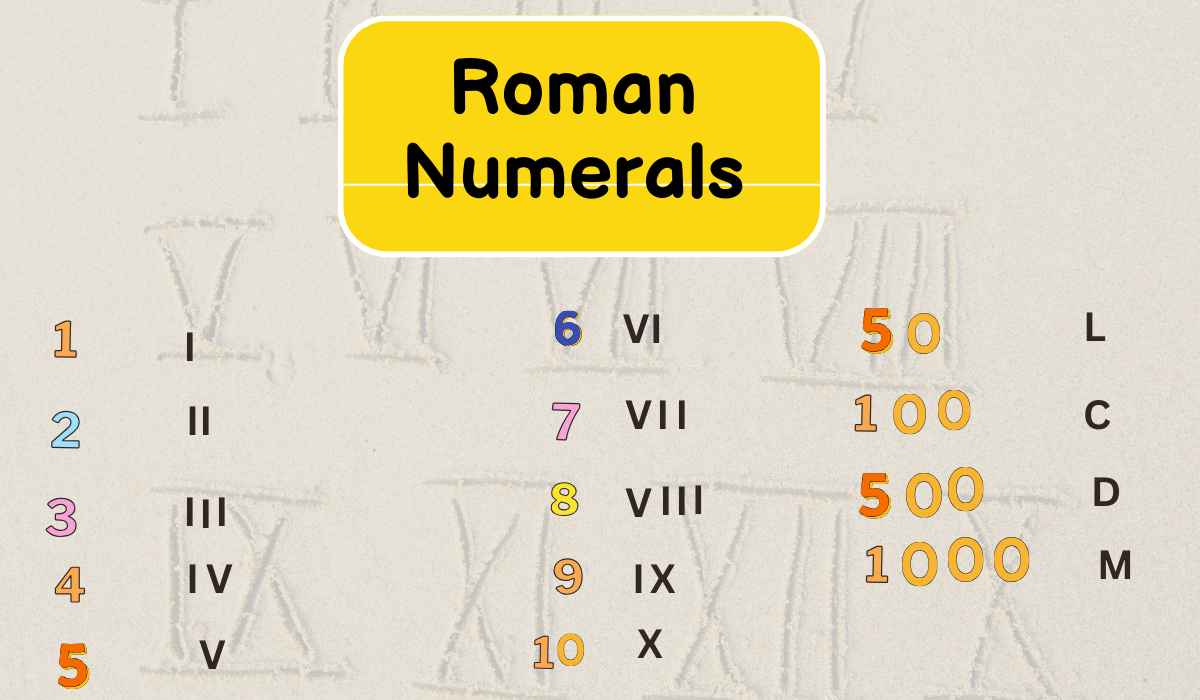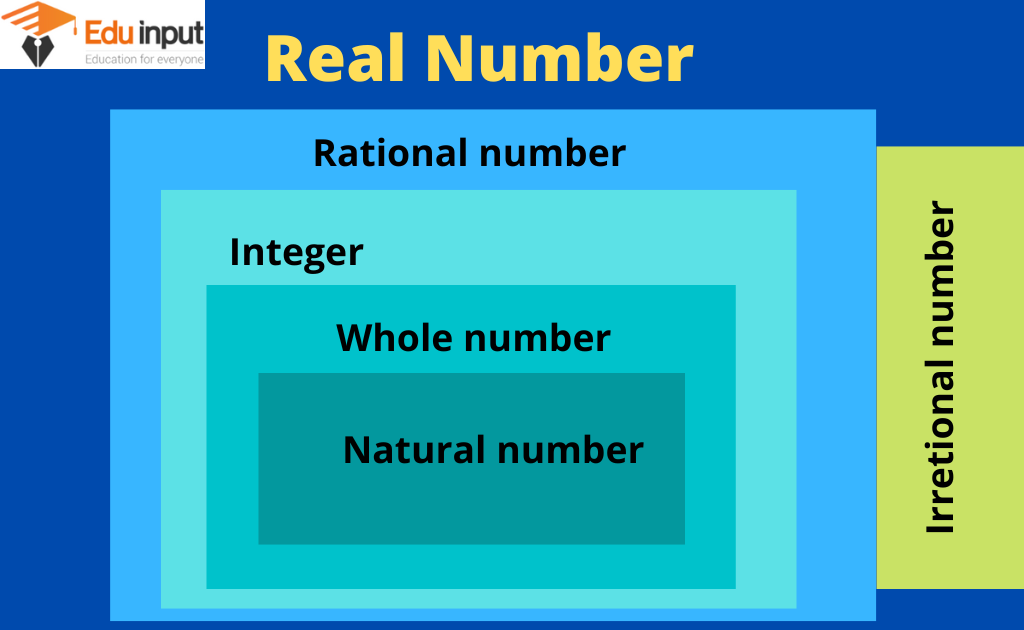Types of Decimals | Properties of Decimals
Decimals can be placed into different categories depending on the type of digits that come after the decimal point. There are two types of decimals which are mentioned below, along with examples:
- Terminating Decimals
- Non-Terminating Decimals
Terminating Decimal:
This type of decimal has a finite or limited number of digits after the decimal point.
For example:
1.5 or 2.4
Non-Terminating Decimal:
This type of decimal has an infinite or unlimited number of digits after the decimal point.
For example:
1.23456789… or 2.345678…
They are non-terminating decimals that repeat endlessly. These are further divided into two more numbers, and they are:
- Recurring Decimal Numbers
- Non-Recurring Decimal Numbers
What is Recurring Decimal?
A recurring decimal is a decimal number where the digits after the decimal point repeat in a pattern. An example of this would be the number 0.333…, where the three digits after the decimal point repeat endlessly.
For example:
Recurring decimals, such as 5.313131…,7.89898989…, and 9.1111111…, can be simplified by putting a line over the repeating digits, like so: 5.31¯, 7.89¯,9.1¯. Alternately, they can be written in fractional form as these are rational numbers; for example, 2/3=0.6666… or 0.6¯, and 8/9 is equal to 0.88888 or 0.8¯.
This decimal can be either pure periodic or ultimately periodic.
What are Pure Periodic Decimals?
These decimals are numbers in which a part is repeated endlessly.
For example:
The numbers 1.3333…., 0.55555…., and 1.99999… are pure periodic decimals. They can also be written using signs over them like 1.3¯,0.5¯, and 1.9¯.
What are Ultimately Periodic Decimals?
These decimals are numbers that have a non-periodic part followed by a periodic part.
For example
34.126666…,6.1788888, and 45.9333333 are all ultimately periodic decimals. They can also be written as 34.126¯,6.178¯, and 45.93¯.
What is Non-Recurring Decimal?
Non-recurring decimal numbers, also known as non-terminating and non-repeating decimal numbers, are numbers that have an infinite number of digits after the decimal point. The digits after the decimal point don’t follow a set order or pattern.
For example:
There are an infinite amount of non-terminating, non-repeating decimal numbers, but some examples of these include 1.3687493043…, 1.2376894…, 21.3749940…, 1.76368939…, and so on.
Properties of Decimals
The important properties of decimal numbers under multiplication and division operations are as follows:
- The product of two decimal numbers is the same, no matter the order in which they are multiplied.
- If you multiply a whole number and a decimal number in any order, the product will be the same.
For example, if you multiply 1.5 by 2, the product will be 3 (1.5 x 2 = 3).
- However, if you multiply a decimal fraction by 1, the product will be the decimal fraction itself.
So, if you multiply 0.5 by 1, the product will be 0.5 (0.5 x 1 = 0.5).
- The product of a decimal fraction and 0 is always 0.
- The quotient of a decimal number and 1 is always the decimal number itself.
- And finally, if you divide a decimal number by the same number, the quotient will be 1.
- Dividing a decimal by 0 results in a quotient of 0. However, division of a decimal by 0 is not possible, as the reciprocal of 0 does not exist.
Arithmetic operations on Decimals
Arithmetic operations such as addition, subtraction, multiplication, and division can be performed on decimal numbers, just like they can be on integers.
Frequently Asked Questions-FAQs
What are the types of decimals?
There are two types of decimals: terminating and non-terminating. Terminating decimals have a finite number of digits after the decimal point, while non-terminating decimals have an infinite number of digits after the decimal point.
Non-terminating decimals are further divided into two subcategories: non-terminating recurring decimals and non-terminating non-recurring decimals.
How do you Calculate Decimals?
When adding or subtracting decimals, you can use the same process as you would for whole numbers. Just be sure to line up the decimal points in your equation before solving, and place the decimal point in your answer directly below the other decimal points.
What is 3/8 in a decimal?
The fraction 3/8 can be expressed as a decimal by dividing 3 by 8. This will give you the answer of 0.375.
Write the expanded form of 74.2?
The expanded form of 74. 2 is 70 + 4 + (2/10).

 written by
written by 





Leave a Reply